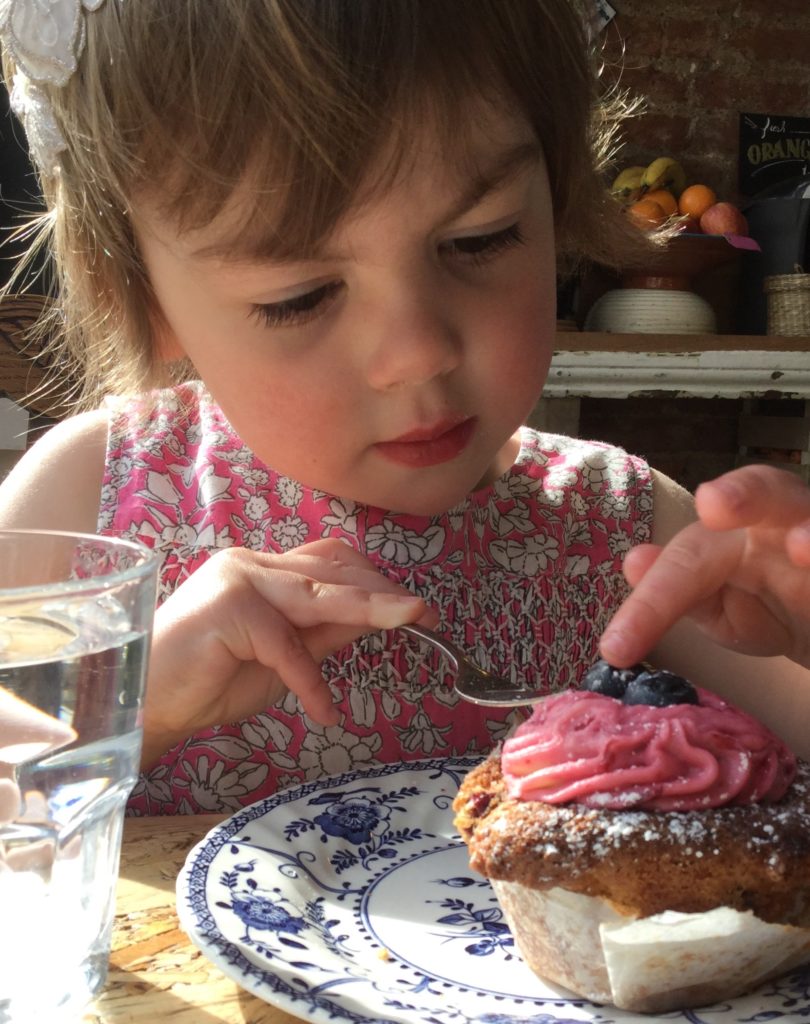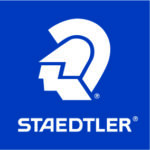Using a fun, sensory and play-based approach to handwriting can entice children to participate in handwriting activities. This approach feels natural to children in the early years and may also be beneficial for older children who have become disengaged with writing.
When using a sensory and play based approach to handwriting:
- Offer a variety of tools: wax crayons both fat and thin, chalks, chunky pencils, felt tips, paint brushes, sand and sticks.
- Work on a variety of surfaces: paper (white, black, coloured), blackboard, whiteboard, tracing paper, tin foil, sand paper, shiny card, etc.
- Adopt a variety of exploratory positions: lying on the tummy, standing, on all fours, kneeling, sitting and using a vertical surface, e.g. an easel or a wall.
- Write in a variety of sizes: big blackboards/whiteboards, old wallpaper, tiny bits of cards, old receipts and paper.
Use your senses
Looking
- Draw a pattern on the wall.
- Write/draw on aluminum foil.
- Write/draw on different coloured paper, plain paper, lined paper, colouring books.
- Write/draw using a variety of coloured tools including chalk, felt pens, pencils, crayons.
- Paint with fingers, sponges, brushes, toys or potatoes.
- Rub over stencils or coins using wax crayons, or draw around using pencils.
- Colour within boundaries.
- Look for letter shapes, signs and symbols in the environment.
Touching
- Write on resistive materials e.g. sandpaper, bubble wrap, chalk board, cardboard with a variety of crayons, pencils, chalks or paintbrushes.
- Draw in a sand tray using fingers, sticks, toys, cars, etc.
- Try using a vibrating pen.
- Draw in pasta, peas, flour on a table or tray.
- Draw in shaving foam or cornflour on a table, tray or mirror, using fingers or a brush.
- Make shapes with dough, string, wool, wikki sticks, etc.
- Walk, skip, creep along a piece of string or rope.
- Draw shapes and letter shapes on a partner’s back.
Tasting
- Ice a cake and decorate it.
- Ice biscuits.
- Roll out dough and make letter shapes.
- Pick out letters from alphabet spaghetti.
- Warm spaghetti lengths to make letter shapes.
- Draw using cheese tubes or chocolate spread on crackers or bread.
- Use strings of liquorice or strawberry laces to make shapes and form letters.

Listening
- Make patterns in the air with shakers (try filling an empty plastic water bottle with rice to make a shaker).
- Sing the alphabet song while writing, drawing or painting.
- Use a wristband with a bell attached and paint, draw or write.
- Listen to an instruction and complete, e.g. draw a line up, draw a line down.
- Sing and play action songs e.g. Head Shoulders Knees and Toes, Simon Says, Hokey Cokey.
Smelling
- Draw with scented markers.
- Draw in icing which has been flavoured with an essence, e.g. lavender or peppermint.
Please note: Many children can be sensitive to smell so these ideas should be used with caution.
Feeling body position in space
- Use a paper towel roll as a wand and draw in the air with both hands.
- Use a ribbon or sticks and dance whilst drawing patterns, shapes or letters in the air.
- Paint on an outside wall using water and a large brush.
- Make letter shapes with the body.
- Position equipment or objects so the child has to cross the midline of their body when reaching.
Patterns of movement
Try including the following patterns of movement:
- Working from left to right.
- Working from top to bottom.
- Anti-clockwise circles.
- Clockwise circles.
- Diagonal lines in both directions.
- Curved lines.
- Zig-zag lines.
During activities try to:
- List and explain orientations of up/down, over/under, besides/above/below.
- Work from left to right.
- Work on vertical surfaces so the child understands up/down.
- Work from large to small, big to little.
- Learn to trace around circles in an anti-clockwise direction.
- Provide constant reinforcement to ensure good sensory feedback through touch, smell, sight and sound.
- Encourage child to talk through and describe the movement patterns of an activity or letter formation e.g. for letter h, ‘start at the top, go down to the bottom, back up, half way over and back down’.
Please note: A sensory and play-based approach will not improve handwriting legibility directly. The key attributes to a sensory and play-based approach are the motivational qualities that entice children to participate in activities that promote postural stability, fine and gross motor control, rhythm and readiness for formal handwriting instruction.
The most important part is to enjoy, play and have fun!
References:
- Addy, L. (2016). How to identify and overcome handwriting difficulties. LDA.
- Jenkinson, J., Hyde, T., Ahmad, S. (2010). Building Blocks for Learning. Chichester: Wiley-Blackwell.








